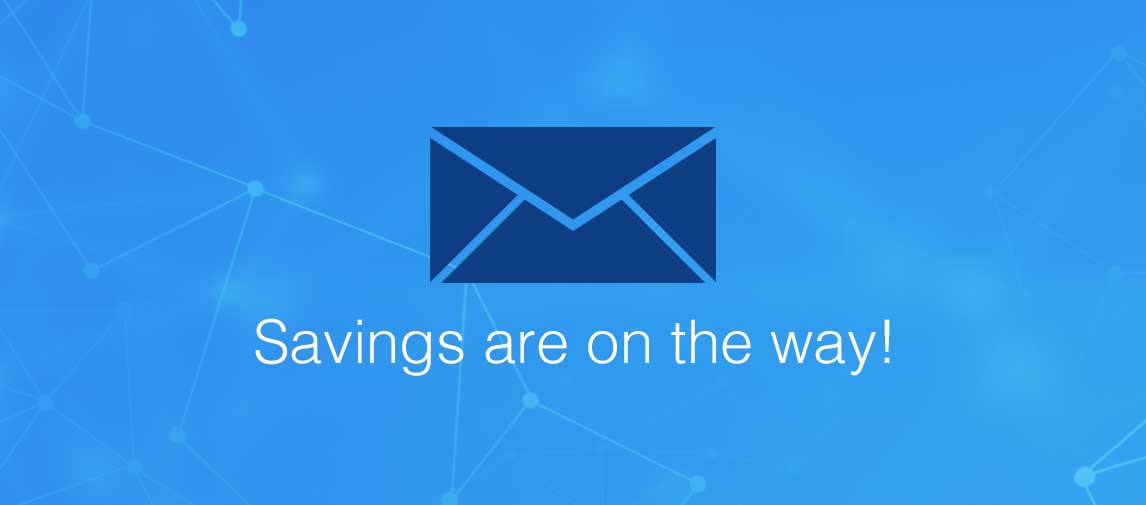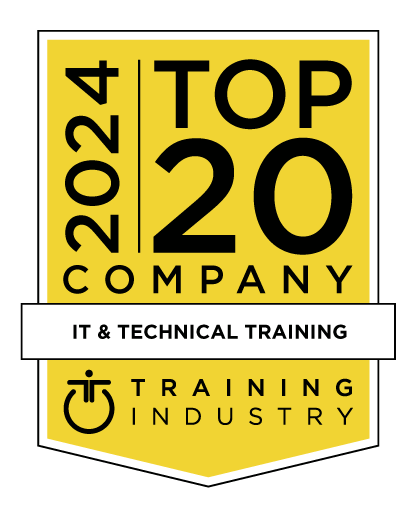title
Please take a moment to fill out this form. We will get back to you as soon as possible.
All fields marked with an asterisk (*) are mandatory.
Securing Email with Cisco Email Security Appliance (SESA)
Course Description
Overview
The Securing Email with Cisco Email Security Appliance (SESA) training shows you how to deploy and use Cisco® Email Security Appliance to establish protection for your email systems against phishing, business email compromise, and ransomware, and to help streamline email security policy management. This hands-on training provides you with the knowledge and skills to implement, troubleshoot, and administer Cisco Email Security Appliance, including key capabilities, such as advanced malware protection, spam blocking, anti-virus protection, outbreak filtering, encryption, quarantines, and data loss prevention.This training prepares you for the 300-720 SESA exam. If passed, you earn the Cisco Certified Specialist – Email Content Security certification and satisfy the concentration exam requirement for the CCNP Security certification. This training also earns you 24 Continuing Education (CE) credits towards recertification.
Objectives
- Deploy high-availability email protection against the dynamic, rapidly changing threats affecting your organization
- Gain leading-edge career skills focused on enterprise security
- Prepare for the 300-720 SESA v1.1 exam
- Earn 24 CE credits toward recertification
- Describe and administer the Cisco Email Security Appliance
- Control sender and recipient domains
- Control spam with Talos SenderBase and anti-spam
- Use anti-virus and outbreak filters
- Use mail policies
- Use content filters
- Use message filters
- Prevent data loss
- Perform lightweight directory access protocol (LDAP) queries
- Authenticate simple mail transfer protocol (SMTP) sessions
- Authenticate email
- Encrypt email
- Use system quarantines and delivery methods
- Perform centralized management using clusters
- Test and troubleshoot
Audience
- Security engineers
- Security administrators
- Security architects
- Operations engineers
- Network engineers
- Network administrators
- Network or security technicians
- Network managers
- System designers
- Cisco integrators and partners
Prerequisites
-
The basic technical competencies you are expected to have before attending this training are:
- Cisco certification, such as Cisco Certified Support Technician (CCST) Cybersecurity certification or higher
- Relevant industry certification, such as (ISC)2, CompTIA Security+, EC-Council, Global Information Assurance Certification (GIAC), and ISACA
- Cisco Networking Academy letter of completion (CCNA® 1 and CCNA 2)
- Windows expertise, such as Microsoft [Microsoft Specialist, Microsoft Certified Solutions Associate (MCSA), Microsoft Certified Systems Engineer (MCSE)], and CompTIA (A+, Network+, Server+)
- Transmission control protocol/internet protocol (TCP/IP) services, including domain name system (DNS), secure shell (SSH), file transfer protocol (FTP), simple network management protocol (SNMP), hypertext transfer protocol (HTTP), and hypertext transfer protocol secure (HTTPS)
- Experience with IP routing
Topics
- 1. Describing the Cisco Email Security Appliance
- 2. Controlling Sender and Recipient Domains
- 3. Controlling Spam with Talos SenderBase and Anti-Spam
- 4. Using Anti-Virus and Outbreak Filters
- 5. Using Mail Polices
- 6. Using Content Filters
- 7. Using Message Filters
- 8. Preventing Data Loss
- 9. Using LDAP
- 10. Describing SMTP Session Authentication
- 11. Using Email Authentication
- 12. Using Email Encryption
- 13. Administering the Cisco Email Security Appliance
- 14. Using System Quarantines and Delivery Methods
- 15. Centralizing Management Using Clusters
- 16. Testing and Troubleshooting
- 1. Verify and Test Cisco ESA Configuration
- 2. Advanced Malware in Attachments (Macro Detection)
- 3. Protect Against Malicious or Undesirable URLs Beneath Shortened URLs
- 4. Protect Against Malicious or Undesirable URLs Inside Attachments
- 5. Intelligently Handle Unscannable Messages
- 6. Leverage AMP Cloud Intelligence Via Pre-Classification Enhancement
- 7. Integrate Cisco ESA with AMP Console
- 8. Prevent Threats with Anti-Virus Protection
- 9. Applying Outbreak Filters
- 10. Configure Attachment Scanning
- 11. Configure Outbound Data Loss Prevention
- 12. Integrate Cisco ESA with LDAP and Enable the LDAP Accept Query
- 13. Domain Keys Identified Mail (DKIM)
- 14. Sender Policy Framework (SPF)
- 15. Forged Email Detection
- 16. Perform Basic Administration
- 17. Configure the Cisco Secure Email and Web Manager for Tracking and Reporting
Related Courses
-
Implementing Automation for Cisco Security Solutions (SAUI)
CSC-SAUI- Duration: 3 Days
- Delivery Format: Classroom Training, Online Training
- Price: 2,895.00 USD
-
Implementing and Operating Cisco Security Core Technologies (SCOR)
CSC-SCOR- Duration: 5 Days
- Delivery Format: Classroom Training, Online Training
- Price: 4,295.00 USD
Self-Paced Training Info
Learn at your own pace with anytime, anywhere training
- Same in-demand topics as instructor-led public and private classes.
- Standalone learning or supplemental reinforcement.
- e-Learning content varies by course and technology.
- View the Self-Paced version of this outline and what is included in the SPVC course.
- Learn more about e-Learning
Course Added To Shopping Cart
bla
bla
bla
bla
bla
bla
Self-Paced Training Terms & Conditions
Exam Terms & Conditions
Sorry, there are no classes that meet your criteria.
Please contact us to schedule a class.

STOP! Before You Leave
Save 0% on this course!
Take advantage of our online-only offer & save 0% on any course !
Promo Code skip0 will be applied to your registration
Purchase Information
title
Please take a moment to fill out this form. We will get back to you as soon as possible.
All fields marked with an asterisk (*) are mandatory.










